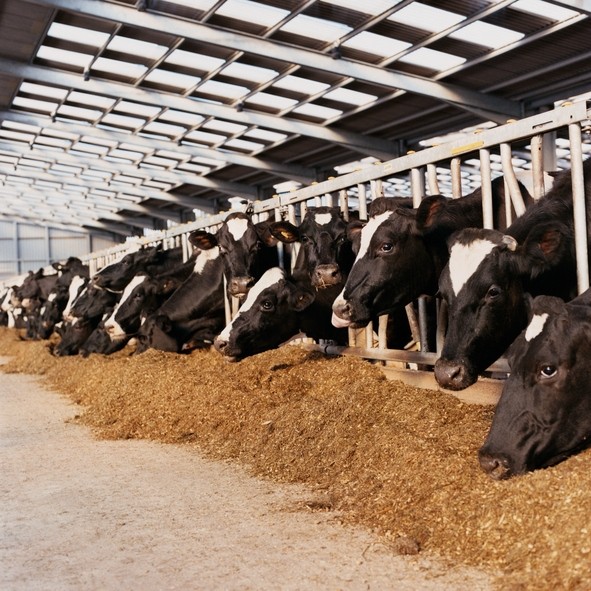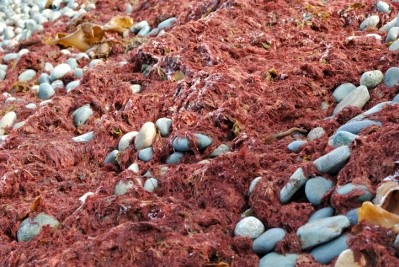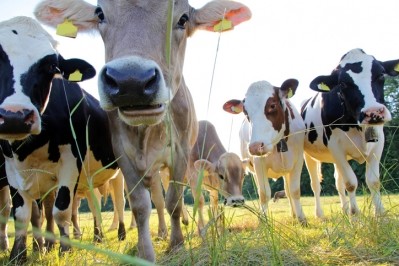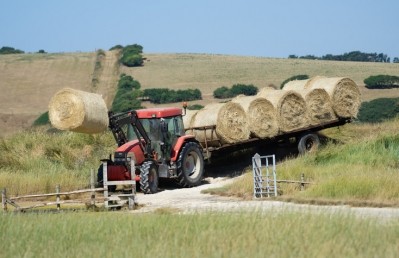Take feed advice to cut carbon emissions, says UK body

With the livestock industry facing calls to take action on reducing its carbon footprint, farmers in the UK and Ireland can now receive guidance on how to reduce the greenhouse gases emitted by their livestock herds, following the launch of a new training module from the Feed Adviser Register (FAR).
According to Inge Verwoerd, technical manager for feed at FAR, pressure to act on carbon emissions has been building for some time and is coming from various sources:
“There has been ongoing awareness of the need to reduce emissions generally, especially from livestock. Currently, the industry awaits a report from the independent Climate Change Committee which DEFRA [the UK government’s Department for Environment, Farming & Rural Affairs] will consider and then make recommendations. The NFU (National Farmers Union) has also made commitments to reach net zero carbon emissions by 2040. This will only be achieved by minimizing emissions from agriculture and then offsetting the carbon footprint through sequestration.”
'It is expected'
Whilst there is no specific legislation in place yet that requires livestock producers to reduce greenhouse gas emissions, Verwoerd said “it is expected”.
“As with a number of environmental issues, the industry has stepped up to the challenge, with voluntary measures ahead of regulation,” she said.
Launched in 2013, the FAR has over 1000 advisers who are qualified to deliver training on different areas of feed for ruminants and monogastrics, including cattle (dairy and beef), pig, poultry and sheep.
This latest training module (module 4), builds on the insights into environmental policy and best practice covered in module 3. These included advice on covering slurry stores and housing to minimize emissions to the atmosphere as well as the concept of ‘whole farm nutrient planning’.
Verwoerd said that module 4 goes into the physiology of livestock nutrition and understanding how animals use nutrients as well as optimum nutrition and emission reduction.
“In essence, it is all about optimizing nutrient input. For instance, using forage analysis to understand the nutrient potential of home-produced feed such as silage, then devising feed recommendations to optimize livestock efficiency while minimizing the excess use of any nutrient,” she explained.
Case study
One example of how FAR feed advice has made a visible difference is the work that Russell Allison, FAR member and feed adviser at Galloway and MacLeod, has done with a 160 dairy herd over the past six years in conjunction with the farmer. In that time, the CIS (Cattle Information Service) recorded yield increases from an average of 8,600 to 10,800 liters.
The main driver was improving fertility by getting cows in calf earlier. Ration changes included increasing dry matter intake (DMI), reducing overall protein and increasing omega 3s. Average calving interval reduced from 428 days to 398. Age at first calving was down from 2.8 years to 2.2.
The original feed rate/liter was not efficient at 0.44 kg/liter. This has now been decreased to 0.35, with plans to reduce further. The increase in DMI and improved forage to concentrate ratio has resulted in less bought-in concentrate and improved profit margins.
Methane emissions from the milking herd are monitored bi-monthly through milk samples, which provide a check on how the ration is performing. The better the ration performs, the more methane emissions decrease. Currently, these are estimated at 15.1g/l down from a previous high of 23g/l.
More targeted feeding has driven down concentrate use/liter, and at the same time has increased milk volume produced from homegrown forage. The changes have allowed the farm to invest in future sustainability with a move to robotic milking and computerized calf feeding and weaning.















